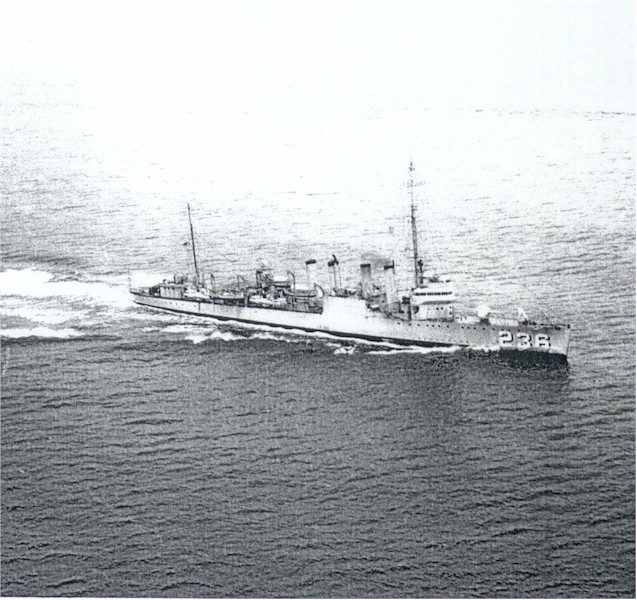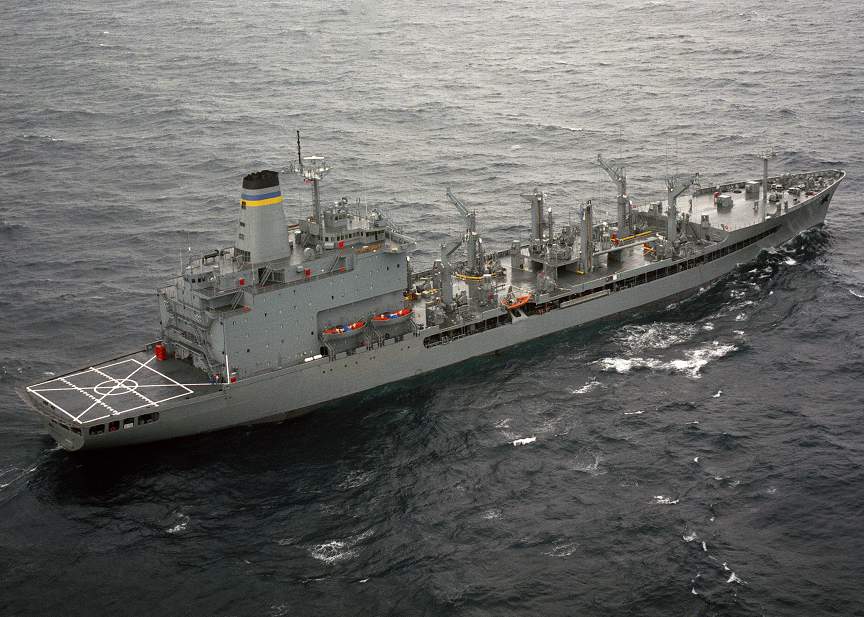Open trackbacks! Post your Open Trackbacks!
The XO’s work day while deployed. Maybe not much fun, but the stuff that makes the Navy run.
Up at 0500. Roll out of the rack and crank out a bunch of push ups. Do it quietly, for on and FFG, you have a roommate.
Save, shower and dress. “Wash” khakis with long sleeve shirt, sleeves rolled up (down for a ‘bad” day to prevent flash burns). Cotton sweat socks, combat boots. Check for obligatory Buck knife on belt, securely in it’s case. Chief Mac said you need to be ready to be over the side. Wise thought.
Head forward, push several buttons on the door to Radio Central’s cypher lock, step in, scan the space for the smiling faces of the radiomen on watch. Listen for “normal” nosies. Grab large mass of paper in the XO’s message box. Leave Radio, aft a few feet to the ladder, down a deck to the Wardroom. Get a cup of coffee, sit down at the table and begin sorting traffic into the piles for level of priority. Pen action dates and action position on the messages as necessary.
Get up, retreat to the stateroom, turn on the Z-248, start up the AW-SHOOT program and enter items of importance into the database. Select “print” and watch the print outs for “ALL” (mine), OPS, CSO, Supply, ENG and AIR spew forth. Separate them and hang the “ALL” one on my clipboard. Punch and file the action messages in the tickler notebook.
Head down to the Wardroom to eat breakfast. It’s about 0630 by now. Finish eating, take a walk to the Bridge and see how the day is shaping up. Check with the Quartermaster of the Watch and ask the Officer of the Deck how things have been going.
Back to the stateroom to grab the clipboard of all things important. Hear “Quarters. All hands to quarters for muster, inspection and instruction! Fair weather parade!” be passed. Head down to the main deck, then forward to Combat Systems berthing. Walk through, visually noting the general cleanliness of the space. Make notes for Officer’s Call as necessary. Continue the tour of the other berthing spaces, for and aft, repeating the process. Head forward and up to get to the Bridge and then aft of the Pilot House.
“Officer’s Call!” The department heads, or their available fill in, report, with a salute (if we’re covered) “All hands present or accounted for” in turn. Hand out department specific tickler sheets produced by the much maligned management tool. Ask status of items below the “Line of Death.” determine if arbitration or harsh, one way conversation is necessary, depending on how ling the action item has languished below the appointed date of achievement. Scan the Plan of the Day, discuss work or operational issues of importance. Dismiss the department heads and the Command Senior Chief.
Head below two decks, knock on the CO’s Cabin door and enter. Report all hands present or accounted for from the departments. Inform the CO fo the days plan, and discuss any messages that had come in over night needing action. Let him know when the draft responses to any “P4s” (“Personal For” the captain message traffic) might be ready for his review. Spend a little time discussing other scheduling matters. Request he not use the entire small arms ammunition training allowance today, so I might get a chance to fire a few rounds off the Bridge Wing.
Head back to the Stateroom, commence pretending to do paperwork, knowing they will soon (if they haven’t already, stacked up at my door) arrive with all manner of questions to be answered. Make sure the “Memo from the XO” paper hanging on the cork board on the Stateroom door is not too out of date with the “Leadership Secrets of Attila the Hun” saying of the day. If it is, grab the book off the desk and copy a new one for posting. If not, get to work digging through the “IN” basket.
At 1000, “XO’s Messing and Berthing Inspection!” is passed. Get up, head to one of the berthing compartments and review the cleanliness with the petty officer in charge of the compartments. Make sure the head area is cleaned well, looking around behind things, in things and using a mirror to inspect those out of the way areas. Make sure the laundry is being taken care of, and ask if there are any hinderances to getting the deep cleaning done. After checking the berthing areas, inspect the Mess Decks, Galley and Scullery areas for proper sanitation. Check the temperatures of the scullery equipment on the final rinse section to make sure the eating utensils will be safe for the next meal.
By now it’s getting close to lunch (1130). Spend the few free minutes wandering the far ends of the ship, making sure things are stowed and cleaned up.
Lunch time. Enjoy a little conversation, check watch for upcoming “local apparent noon” time. excuse myself to shoot a sun line at “LAN.” Invite the officer who have yet to have completed their Surface Warfare Officer PQS to come along. Hear one say “I’ll be up in a few minutes, XO!” knowing he doesn’t get it yet….
ON the Bridge Wing, watch the Sun in the sextant rise, rise, rise, then hang in place and then just begin to move down. Call “MARK!” to the Quartermaster of the Watch. Plot the sun line on the chart, stow the sextant in the Chart Room and head back to Radio to get another handful of traffic. Back to the Stateroom to review and sort the new stack of paper. File as necessary.
At 1300, “Turn To!” is announced to get the Ship’s company back to work. Continue on for me.
And that’s the first 8 hours of the day. More next week.





